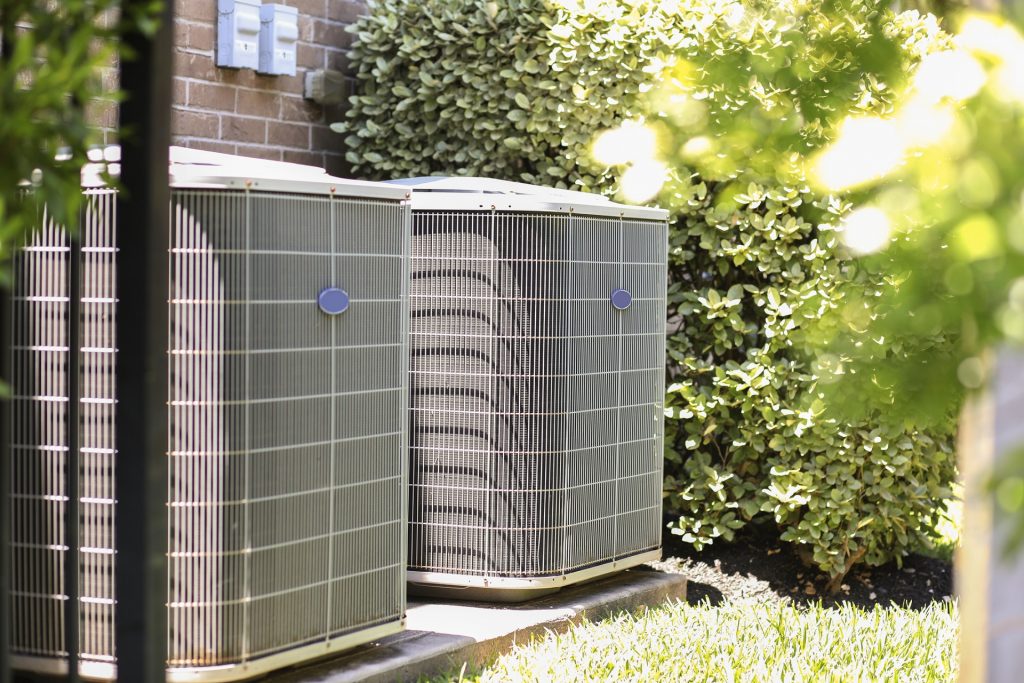
Common HVAC Airflow Problems and How to Manage Them
The global market size of heating, ventilation and air conditioning (HVAC) systems is expected to grow at a CAGR of 6.3% between 2022 and 2030. The need to maintain an ambient temperature despite varying climatic conditions is a major factor to drive this market. After installing an HVAC system, it is crucial to maintain it properly and timely fix any problems that arise. Inconsistent temperature, poor air quality and excessive moisture are signs of airflow problems in your HVAC system.
Here are some of these problems and how to manage them.
Debris Accumulation in the Outdoor Unit
Leaves act like debris when they get stuck in your AC’s outdoor unit, especially one covered by plants. The AC unit then needs to work harder to disseminate the heat and its airflow can get affected. Weak airflow can even overheat your system. Therefore, it is a good idea to clean the unit regularly to avoid this issue.
Blockage of Vents
If you can’t feel air flow from vents in your home, they might have become blocked. This can happen unknowingly. For instance, you might have shut some vents on a cold day but forgotten to open them, or a piece of furniture could be obstructing the airflow. As a result, your house can become uncomfortable and stuffy in hot summers.
Thankfully, you can easily fix this problem. Simply inspect all the vents in your home and remove anything in the way or open any closed vents.
AC Blower Not Working
An AC blower pushes the cold air into your home through ductwork. The airflow is much reduced if the blower can’t give a strong push. A malfunctioning blower motor and too much dust on the blower blades can lower an AC’s airflow.
To fix this, consider turning off the air conditioner and opening your indoor unit to uncover the blower. Then wipe away any grime while protecting your fingers from the blades. Then check the airflow by turning on the AC. If the airflow is still weak, seek professional services for proper inspection.
Low Refrigerant Levels in Your Unit
The refrigerant present in your HVAC system supplies cool air. If its levels fall, the system can’t function properly. You’ll experience reduced cooling and minimal to no airflow from vents in your home if the quantity of refrigerants is low.
Leakages are mainly responsible for a shortage of refrigerants in your AC. They can happen due to holes and cracks in the AC coil or even a corrosion buildup as a result of poor maintenance.
In this case, it is a good idea to opt for HVAC repair services to refill the refrigerant. The levels need to precisely match those specified by the manufacturer of your air conditioner.
A central AC usually lasts for 15-20 years. On the other hand, the lifespan of a window AC is generally 8-10 years. Whichever air conditioner you use in your house, regular maintenance is key to improving its lifespan. When you detect any problems, consider seeking professional repair services right away.



